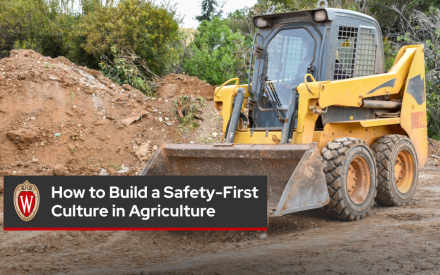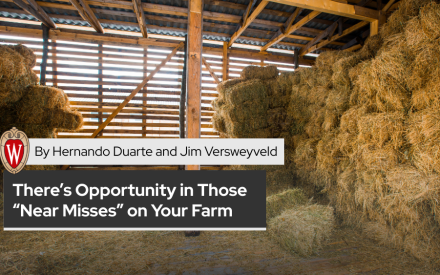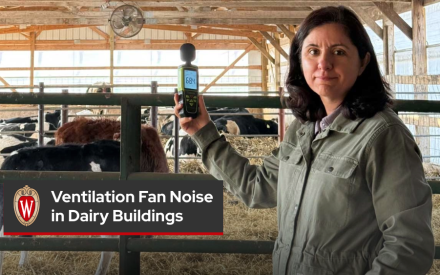Whether it’s fire, flood, wind, or injury- a disaster on your farm can cause devastating loss and requires pre-planning to minimize the disruption. Take time now to consider the unique aspects of farm emergencies that make them more challenging than some other responses that emergency personnel might make.
Dairy farms are highly specialized with potentially dangerous aspect of operations that emergency responders may not be familiar with. Remember, less than 2% of the population is involved in production agriculture, so it’s very likely that first responders will have limited farm background or knowledge.
Farms are typically located in our most rural areas and response times can be long. Farms themselves can be very large and may have multiple farm locations. While urban and suburban emergencies typically occur close to the “fire number”, that is not the case with farms. The actual incident could be miles away from where the responders are instructed to arrive.
While every farm is different, and each one presents unique challenges, there are common elements that all farms should consider in developing an emergency preparedness plan.
An important part of a disaster plan is to have clearly defined roles and responsibilities to avoid chaos and confusion. Hold a meeting with key leaders on your farm and discuss the various scenarios that could potentially happen. Get their input and assign specific duties.
A detailed map of your farm is a valuable resource when disaster strikes. If you have an aerial map, label all the key components of your operation. Short of an aerial map, even a hand drawn one can be helpful to responders who are not familiar with your farm.
The next piece of your emergency response plan is a list of emergency contacts. Make sure these are clearly recorded and numbers current and accurate. This is especially important if you are the victim in an accident and others on your farm may not be sure what to do. Because many employees won’t be prepared for all the questions the 911 dispatcher will ask, it’s a good idea to review these with your team in advance.
Next, consider if livestock are involved in your farm emergency. For this piece of your plan, there are many scenarios to consider. Take time to brainstorm with your team what you would do with the cows, heifers, calves, or any other animals that could be in harm’s way or displaced due to the loss of facilities.
Once you’ve considered the key components of your emergency response plan, now it’s time to sit down and put the plan to writing. One of the best resources when you’re at that point is your local fire/ems team. Invite local first responders to your farm and ask them what components of a plan are most helpful to them? Offer your farm as a training site. Many fire companies have standing training days and would welcome the opportunity for some hands-on training.
Remember that most fire houses in the rural parts of our state rely heavily on volunteers. Training is key for these volunteers to know all aspects of farm emergencies. A partnership with your local emergency personnel can be very valuable in limiting property damage and potential loss of life.
Once your plan is put to paper, it’s really critical not to just stick it on a shelf somewhere. Even the best plan will not be effective if your employees don’t know about it. Training for all your employees should involve hands-on components to make it memorable. Consider mock disaster drills where you try to replicate what your team would do in an actual emergency. While this type of training takes some work to set up, you’ll find that many of your employees will retain this information better than you reading to them.
Lastly, your effective emergency response plan needs to be revisited frequently. Take steps now to limit the impact a disaster can have on your business, your family, and your team.

 How to Build a Safety-First Culture and a Safety-First Mindset in Agriculture
How to Build a Safety-First Culture and a Safety-First Mindset in Agriculture There’s Opportunity in Those “Near Misses” on Your Farm
There’s Opportunity in Those “Near Misses” on Your Farm  Ventilation Fan Noise in Dairy Buildings
Ventilation Fan Noise in Dairy Buildings Making your events, festivals, and agritourism accessible to the public
Making your events, festivals, and agritourism accessible to the public


